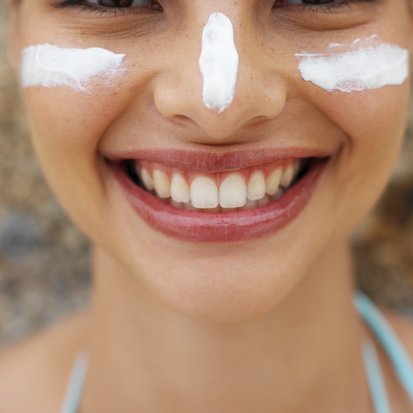Traditional Crystal Microdermabrasion uses a wand to spray crystals and gently sand the skin to eliminate imperfections. Since the early 2000’s the Diamond Tip method of Microdermabrasion has been gaining popularity. What is the difference?
Diamond Tip Microdermabrasion uses a hand piece with rough tip that gently resurfaces the skin. The different tips have different levels of grit, like sandpaper, to be used on different areas of the face. The treatment is often paired with a light chemical peel during the same session to achieve better results.
Crystal Microdermabrasion uses a disposable tip but the level of suction and amount of crystals used can be adjusted. The treatment is generally done alone or paired with a soothing mask since is it more aggressive than the diamond tip version. Crystal Microdermbrasion is more effective at elimination acne scars and fine lines. It does leave behind crystals, (or “sparkles” as one of my clients calls them!) so it requires a bit more clean up.
The two types of machines vary greatly in price, Diamond Tip machines are less than half as expensive as their Crystal cousins which may explain their growing popularity. Don’t hesitate to ask what machine an esthetician or spa uses for their treatment before you book a session!










 Chemical sunscreen ingredients like avebenzone and oxybenzone absorb the light rays to protect the skin from damage.
Chemical sunscreen ingredients like avebenzone and oxybenzone absorb the light rays to protect the skin from damage.















